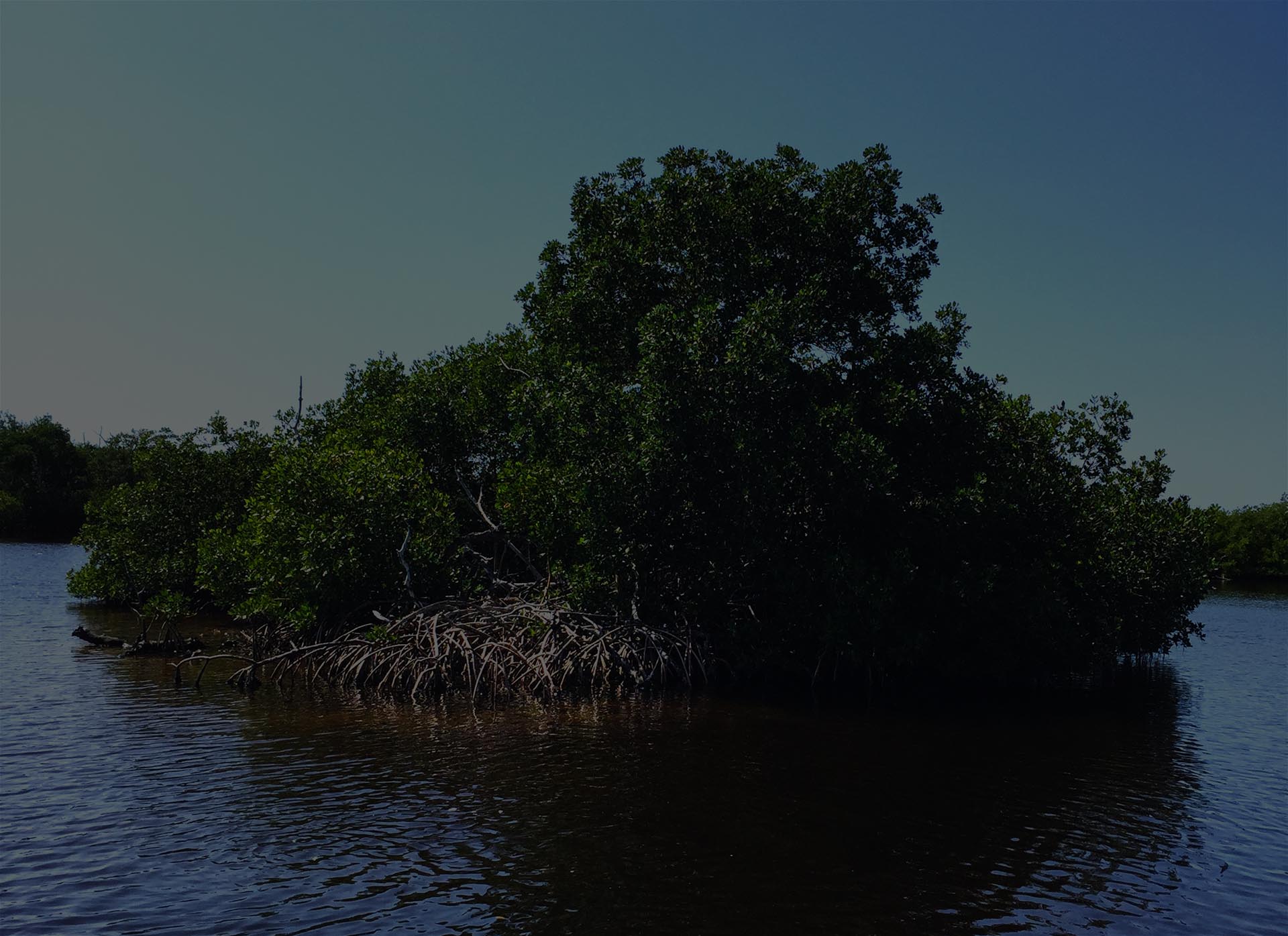It appears that the rainy season has finally begun bringing the eventual darker water of summer. This change combined with the heat will lead many anglers to shift their attention towards the bushes this time of year. Open water sight fishing becomes a bit more difficult and the shade, cooler water, and abundant prey mixed in with all the prop roots make mangrove cover a great option. However, because of the higher tides that are common this time of year, sometimes fishing the bushes can be a bit challenging. In other words, there is just so much water that the fish are way back in the cover where it is tough to get your bait. There is also no doubt that because of the heat, early morning is one of the best times to get out. I bring all this up because the next time you get the chance to fish first thing in the morning and the tide is up, there is another great natural hiding place for prey species that is also an excellent place to target. I am referring to oyster bars.
Oyster bars provide lots of crevices, holes, and just natural type hiding places that can hold both resident prey species such as crabs and shrimp as well as schooling type small fin fish that gamefish like snook, trout, and redfish like to feed on. In particular, I like oyster bars that are in close proximity to some kind of deeper water such as a channel or dock system. This deeper water provides both a place for gamefish to hold up in during the lower tides and easy access to the bar system when the tide begins to come in. The prey species have to eat also and will come out of their hiding places when more water floods the oyster bar. At that point, the feed is on. Particularly, first thing in the morning when the water is as cool as it’s going to get, it just seems like more gamefish are patrolling these areas. I also seem to find more fish cruising along the edges of the bar system as compared to right on top of the structure itself. So, when you find yourself thinking about where you want to work your bait, definitely work the edges before trying to drag a bait across the entire surface above. Besides, it’s real easy to get hung up on all the jagged edges.
As for baits, I try and use lures that don’t sink too fast. If there’s lots of mullet around, which by the way is always when the fishing is best, I will throw both large and small floating or suspending type plugs and plastics. However, keep in mind, most if not all of the resident type prey species that call an oyster bar home are basically on the small side. So, make sure you have some small baits handy.
Also, even though fishing an oyster bar may be easier to cast around than a mangrove shoreline, it is definitely more dangerous to navigate in and around than the bushes. Oyster bars are sharp and can do some serious damage to the bottom of a boat and or motor. What’s more, they aren’t any safer to wade around, as they will cut right through your feet. You definitely don’t want to have to get out and push the boat off the bar. And even if you just feel like getting out of the boat to sneak up on a few fish, it’s still risky without wading boots. Too be safe, it’s always a good idea to keep a good pair of wading boots on the boat.
Anyway you look at it; oyster bars are important components of an estuary system and shouldn’t be ignored as potential gamefish habitat. Take some time too learn where a few are located and if you get the chance, go take a good look at them on a low tide and it’ll make a big difference next time you fish them when the tide is coming in. Better yet, stake out when tide is out and just sit and watch what happens when the tide begins to turn. It will definitely turn into a learning experience.


